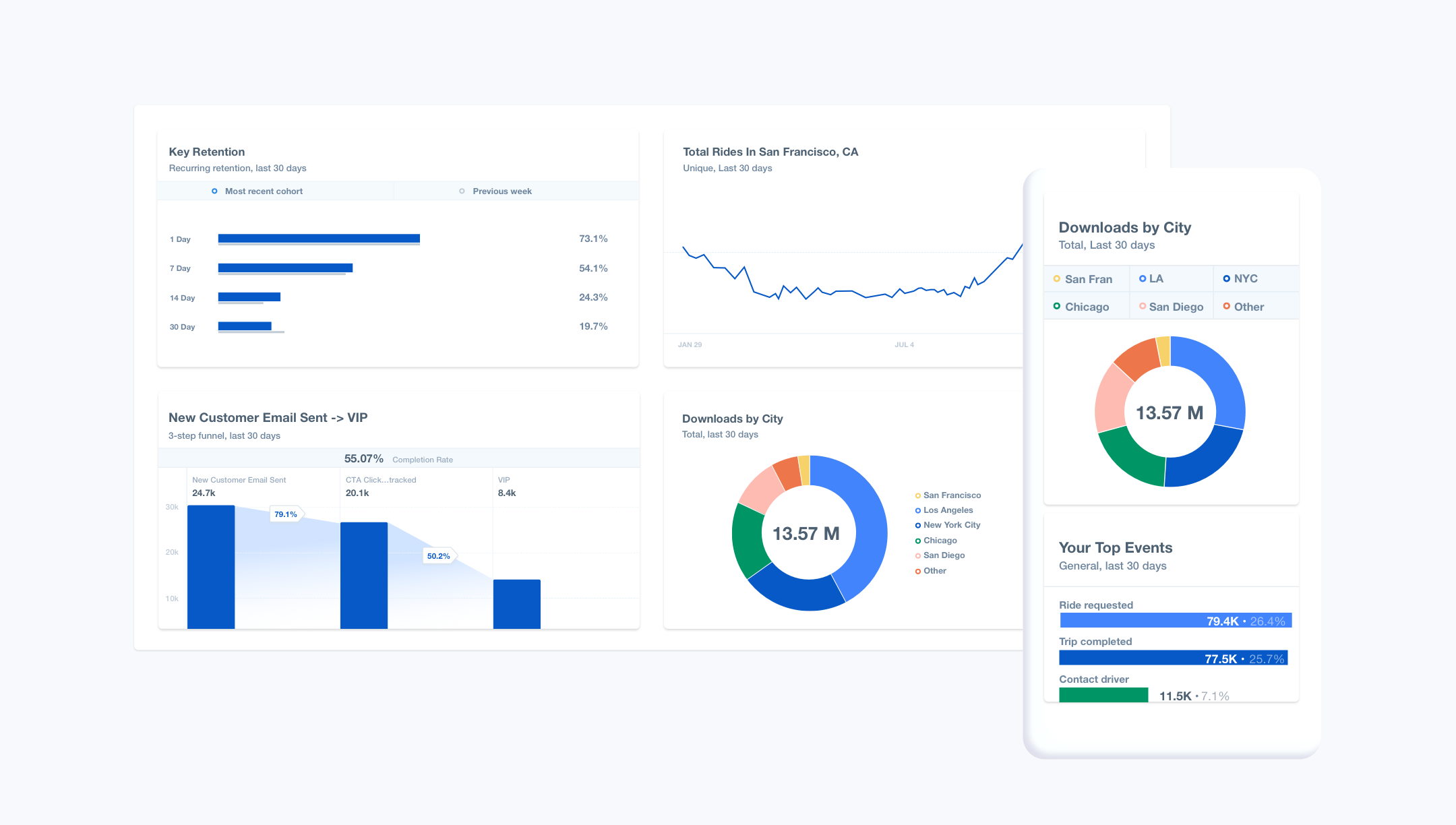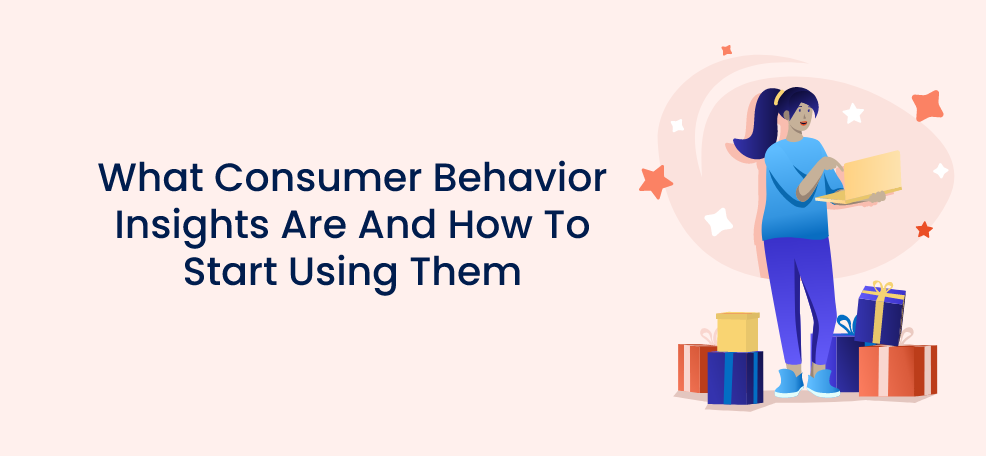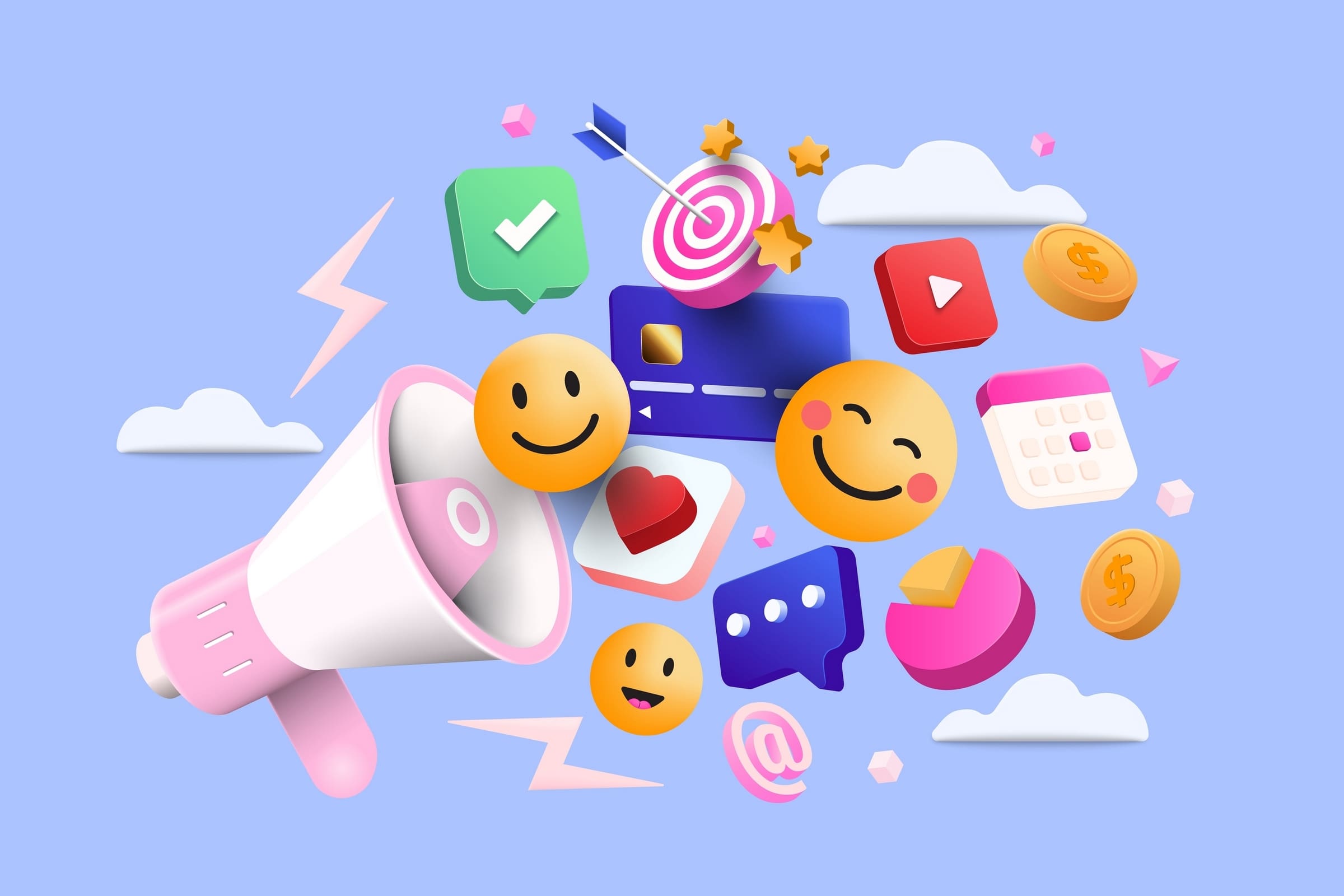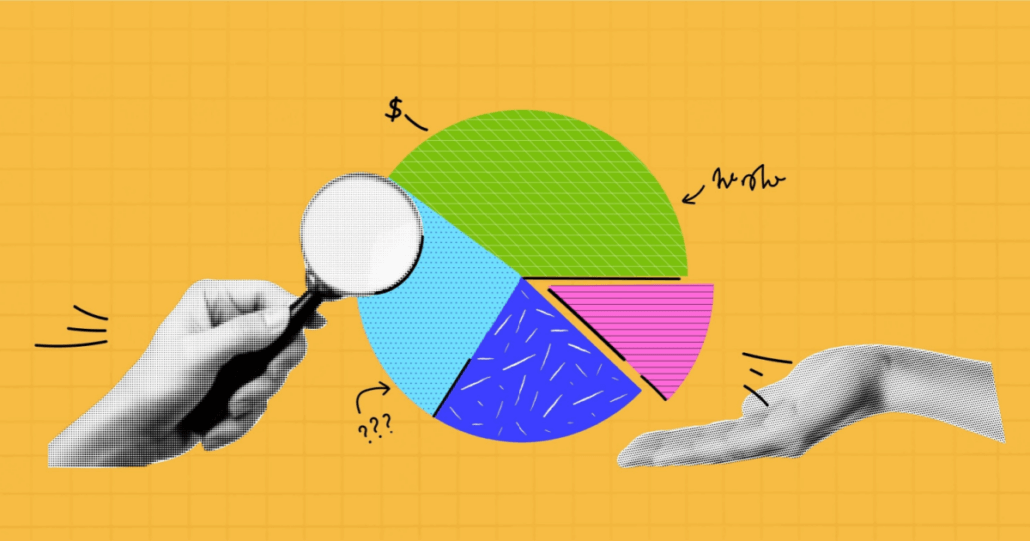In today’s fast-paced and highly competitive business landscape, understanding consumer behavior has become a crucial aspect of success for any company. Consumer behavior insights provide valuable information about why individuals make certain purchasing decisions, helping businesses tailor their strategies to meet customer needs effectively. In this article, we’ll delve into the world of consumer behavior, exploring its key drivers and offering actionable insights for businesses to leverage.
Consumer Behavior Insights: Decoding the Drivers Behind Customer Choices

Consumer behavior insights refer to the process through which individuals make choices regarding the purchase and use of products and services. Understanding consumer behavior is essential for businesses to tailor their offerings, marketing messages, and overall strategies to align with consumer preferences.
Factors Influencing Consumer Behavior
1. Cultural Factors
Cultural influences encompass the shared values, beliefs, and norms within a society. These factors significantly impact consumer preferences and choices. For instance, certain colors, symbols, and even product categories may be considered taboo in specific cultures, affecting buying decisions.
2. Social Factors
Social interactions play a vital role in shaping consumer behavior. People often seek approval and guidance from their peers and social circles when making purchase decisions. Word-of-mouth recommendations and social media influence can heavily impact what consumers choose to buy.
3. Personal Factors
Personal factors include individual characteristics such as age, gender, occupation, lifestyle, and personality traits. These attributes shape purchasing choices and brand affiliations. For example, a health-conscious individual is more likely to choose organic food products.
4. Psychological Factors
Psychological factors delve into the cognitive processes that influence consumer behavior. Perception, motivation, learning, and memory all contribute to how consumers perceive and interact with products. Companies often use psychological triggers in marketing to create emotional connections with consumers.
The Consumer Decision-Making Process
The process of consumer decision-making involves several stages:
1. Problem Recognition
Consumers recognize a need or problem that prompts them to consider making a purchase. This need can be triggered by internal (e.g., hunger) or external (e.g., advertisement) stimuli.
2. Information Search
Once a problem is identified, consumers gather information about potential solutions. This could involve online research, reading reviews, or seeking recommendations from friends and family.
3. Evaluation of Alternatives
Consumers assess different options based on factors like price, quality, and features. They weigh the pros and cons before narrowing down their choices.
4. Purchase Decision
The actual purchase decision is made after careful evaluation. Factors like discounts, payment options, and brand reputation can influence this choice.
5. Post-Purchase Behavior
After the purchase, consumers evaluate whether their expectations were met. Positive experiences can lead to brand loyalty and word-of-mouth promotion, while negative experiences can result in returns and negative reviews.
The Role of Emotions in Consumer Behavior
Emotions often drive consumer decisions. A positive emotional connection with a brand can create lasting loyalty, while a negative experience can deter repeat business. Companies use emotional storytelling in their marketing to establish these connections.
Digital Transformation and Consumer Behavior
The rise of digital platforms has revolutionized consumer behavior. Online shopping, social media influence, and targeted ads have all transformed how consumers discover, evaluate, and purchase products.
Consumer Behavior Insights in Marketing Strategies
1. Personalized Marketing
Personalization involves tailoring marketing messages and offers to individual consumer preferences. Data analytics and AI enable companies to provide personalized recommendations, enhancing the consumer experience.
2. Social Proof and Influence
Consumers often look to others for guidance on purchases. Incorporating social proof, such as reviews and testimonials, can sway consumer decisions.
2. Nudging Techniques
Nudging involves subtle cues that influence consumer behavior without restricting choice. For instance, placing healthier snacks at eye level in a store can encourage healthier purchasing decisions.
Ethical Considerations
As consumers become more conscious of ethical and environmental issues, businesses must align their practices with consumer values. Transparency, sustainability, and responsible sourcing can positively impact consumer perception.
Predicting and Adapting to Changing Consumer Trends
Consumer trends evolve rapidly. Businesses that can anticipate these changes and adapt accordingly gain a competitive edge. Data analysis and trend monitoring are essential tools for staying ahead.
Future Trends
Advancements in technology, such as AI and big data analytics, will continue to refine our understanding of consumer behavior. The future will likely involve even more personalized and immersive consumer experiences.
Conclusion
Consumer behavior insights are invaluable for businesses seeking to thrive in a dynamic marketplace. By understanding the cultural, social, personal, and psychological factors that drive consumer choices, companies can tailor their strategies to meet consumer needs effectively. This leads to stronger brand-consumer relationships, increased loyalty, and sustainable business growth.
To explore how AIM Technologies can help you make data-driven decisions and better understand your customers, request a demo today.
FAQs
How does culture influence consumer behavior?
- Culture shapes consumer preferences, influencing everything from color choices to product categories.
What role do emotions play in purchasing decisions?
- Emotions can strongly influence whether a consumer chooses to buy or not, impacting brand loyalty.
How has digitalization changed consumer behavior?
- Digital platforms have altered how consumers discover, research, and buy products, emphasizing online interactions.
What is personalized marketing?
- Personalized marketing tailors messages and recommendations to individual consumer preferences.
What does the future hold for consumer behavior analysis?
- The future involves more advanced technology, leading to even deeper insights and more customized experiences.




